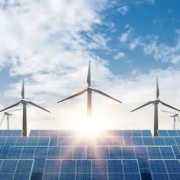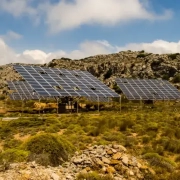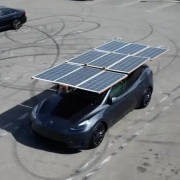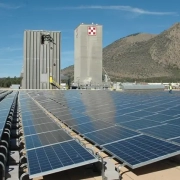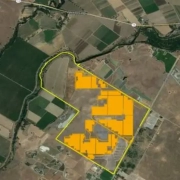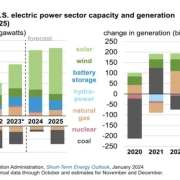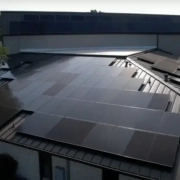The Department of the Interior today announced an updated roadmap for solar energy development across the West, designed to expand solar energy production in more Western states and make renewable energy siting and permitting on America’s public lands more efficient. The Bureau of Land Management also announced the next steps on several renewable projects in Arizona, California and Nevada, representing more than 1,700 megawatts of potential solar generation and 1,300 megawatts of potential battery storage capacity.
Together, these milestones represent continued momentum from President Biden’s Investing in America agenda – a key pillar of Bidenomics – which is working to accelerate the clean energy and transmission buildout to lower consumers’ energy costs, prevent power outages in the face of extreme weather, create good-paying union jobs, tackle the climate crisis, advance the priorities of clean air and environmental justice for all, and achieve the President’s goal of a 100 percent clean electricity grid by 2035. During the Biden-Harris administration, the BLM has approved 47 clean energy projects and permitted 11,236 megawatts of wind, solar and geothermal energy on public lands – enough to power more than 3.5 million homes.
Click here to read the full article
Source: US Department of the Interior
—
If you have any questions or thoughts about the topic, feel free to contact us here or leave a comment below.

